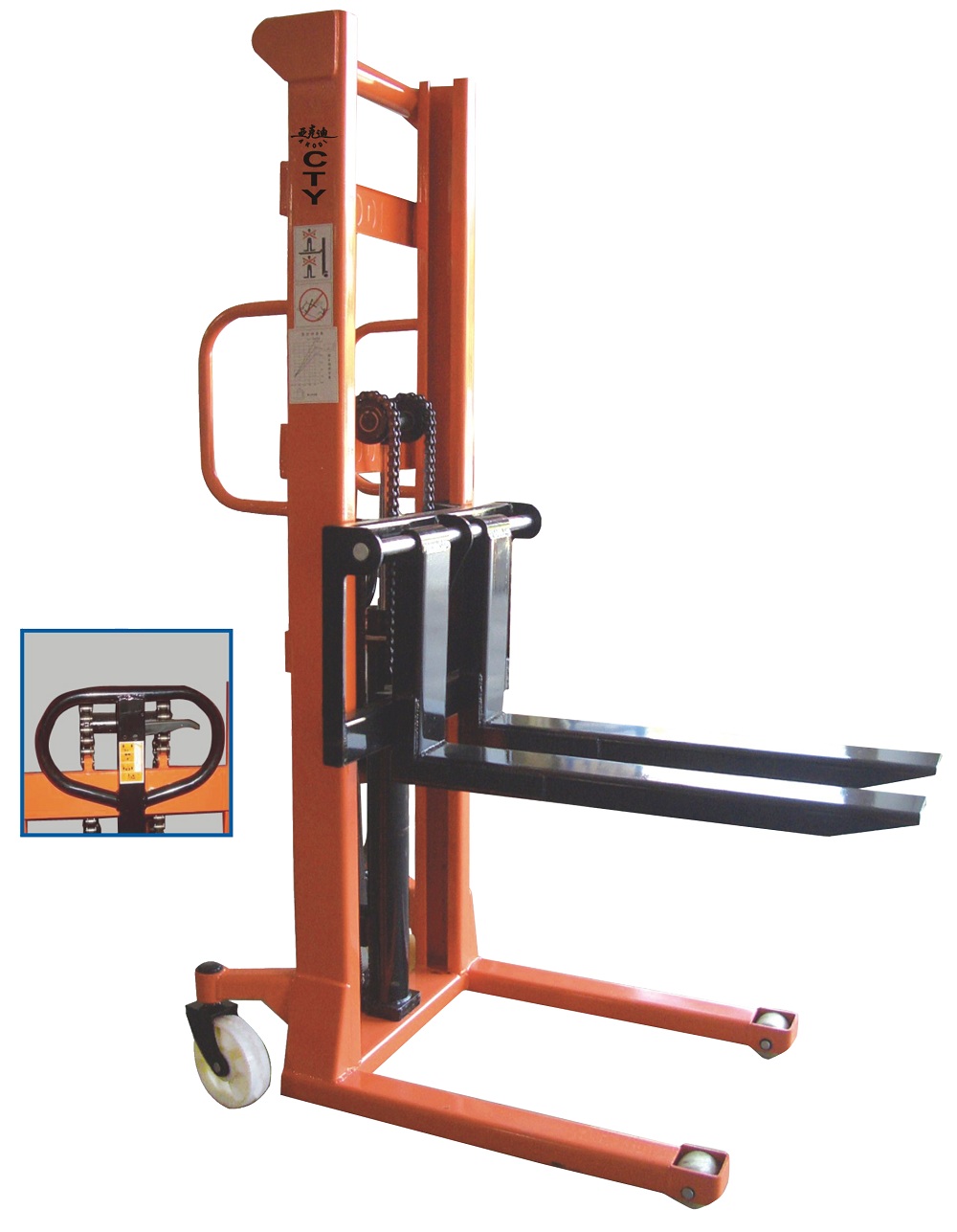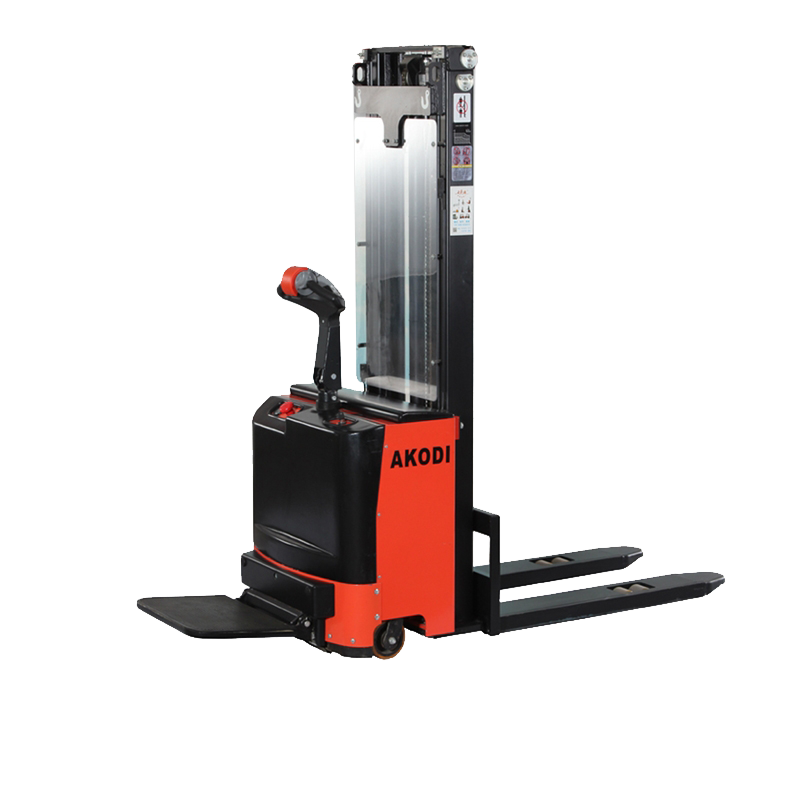How drilling rigs draw water from rock fractures refers to fractured water and karstic water that are distributed under the rock, rather than surface water that is stored in shallow layers of the surface soil. Although these two kinds of water are stored in the ground, only in different locations, there is a world of difference. The former is filtered through the lithosphere and is generally available for humans and animals to drink; while the latter is hidden in the shallow soil and is mostly contaminated by pesticides, it cannot be used as drinking water. Want to extract water from the rock crevices, this is a work that needs water, geology, geophysical exploration, drilling and other multi-field technical personnel to complete. First of all, the exploration and finalization of a well-drilling site alone is a complicated technical activity. Hydrogeologists must first base their judgment on the direction of the rock and the local topography on the basis of a large number of hydrogeological data. There are roughly three criteria for judgment: whether there is a catchment nearby, whether there are signs of water in nearby rock crevices, and whether there is a large fault zone nearby. Of course, these external features are professional enough, and it is enough for ordinary people to understand. By this time, the technical work of the water-seeking technicians is still far from over, and the precise well-drilling point is finally determined. It also requires special measurement equipment. The conventional method is physical detection by resistance method. A vertical line is found on the preliminary determined soil surface, and the probe is set every 5 meters to find the most abnormal point of resistance equipment. Next, do a lateral inspection. The intersection where the vertical and horizontal reactions are abnormal is the point to look for. If it goes well, it will take at least 1-2 days to find such a point. In fact, the precise selection of this point directly determines whether the later drilling construction can drill out the water as scheduled. At present, the failure rate for drilling wells is limited to 20%. The standard is that the daily outflow is less than 100 tons of ineffective wells. According to surveys and studies, generally about 5 meters through the soil will come into contact with the rock layer. At this time, it is necessary to put a large-diameter steel pipe, and then fill the concrete around the drill hole and seal it to prevent the infiltration of contaminated surface water. The drill bit of the drilling rig continued to reach into the underground water 150 meters below the ground. Areas 50 to 150 meters below ground are qualified water intake areas. Smaller-diameter steel tubes were implanted here, and the bottom was covered with small holes so that groundwater could collect in the steel tubes. Finally, only a deep well submersible pump can pump water up. In fact, such a successful well-drilling is relative to the limestone in the north. Basically, when the rock reaches the rock formation, it will flow. In some areas, the karst cave is relatively developed, and it is easy to leak the slurry. It must be hit on the underground nuclear aperture. Otherwise, even if it hits the underground nucleus, the partition wall will not produce water. All of these have brought difficulties in finding water and water, and there are more variables in the success of water production.
Akodi makes and designs all kinds of
stackers to suit your needs: 1. hand
hydraulic stacker 2. semi-electric
stacker 3. Electric Stacker 4. Electric Reach Forklift 5. Custom Made Stacker. All stackers focus
on safety and productivity as our priority. The operator can maneuver it easily
in confined space.
Akodi Stacker: Safety, Precise control,
efficiency
Stacker Electric Stacker,Hand Hydraulic Stacker,Semi-Electric Stacker,Electric Reach Forklift Akodi Intelligent Robot Technology Co., LTD , https://www.akodiforklift.com

